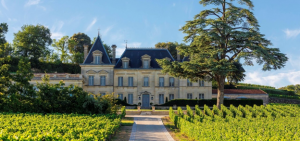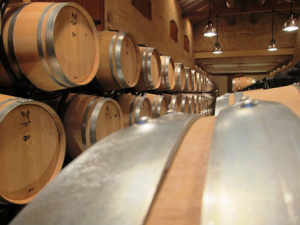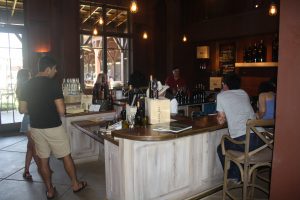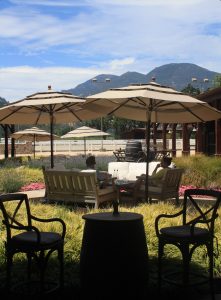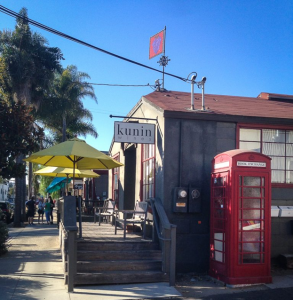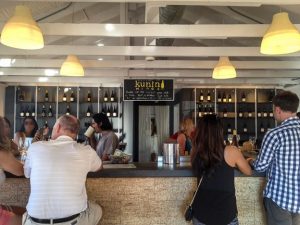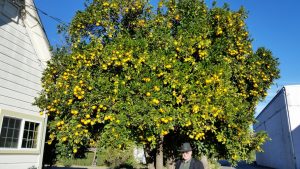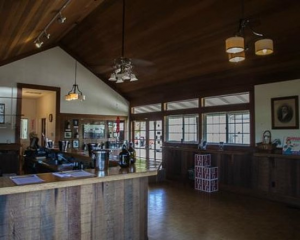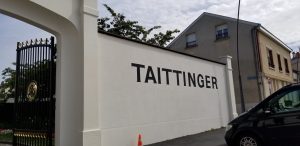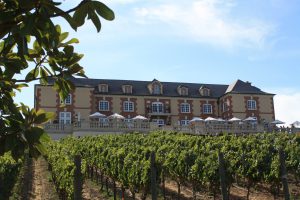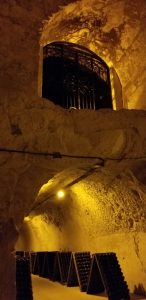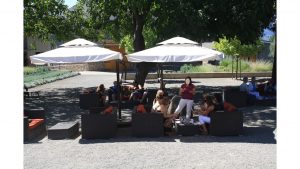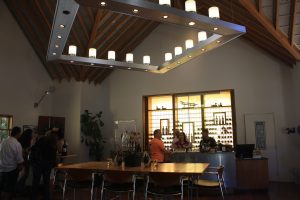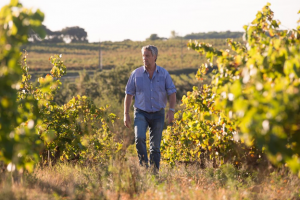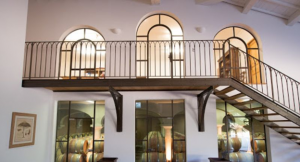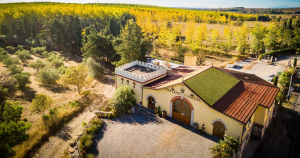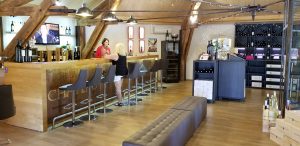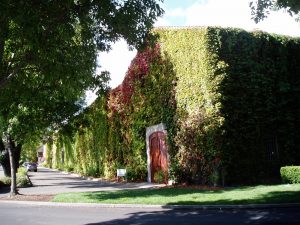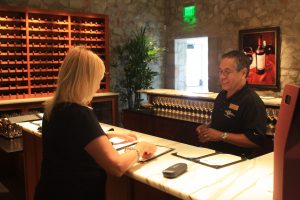There actually is a fellow named J. (for Jerry) Lohr. He began making wines in California’s Central Coast back in the 1970’s, first in Arroyo Seco and then in Paso Robles. He also owns a vineyard in Napa Valley but the main production comes from the center of the state. J. Lohr has two tasting rooms, the original one in San Jose and a newer one in Paso itself, on the less artisanal east side of Route 101.
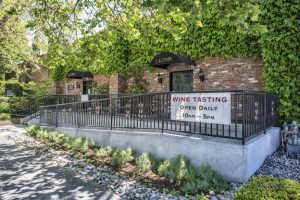 The J. Lohr tasting room in San Jose. Photo courtesy of Travel Expert Wiki.
The J. Lohr tasting room in San Jose. Photo courtesy of Travel Expert Wiki.
The San Jose site is on a city street, just off a major boulevard. We’re fond of in-town tasting in places like Healdsburg or Calistoga, where there are several tasting rooms you can walk to. But finding one in a city of a million people is neither bad nor good, but it is definitely unusual. For one thing, there’s no place to park; you just find a spot in the street. For another, there’s no indication that you’re in Wine Country. The tasting room just stands alone.
It’s a pleasant, brick building covered in vines. Once you enter, it’s like any tasting room anywhere: a long bar, some tables, wines on display. And there are quite a few red and white wines available for tasting, that do show off what J. Lohr wines are all about.
And what they are about is, for the most part, easy accessibility. You may already be familiar with these wines from a local wine shop or on a restaurant menu. Many are inexpensive and are appropriate for casual drinking. So why go out of your way to taste them?
The reason is that like many wineries that make their living in the mass market, they also have some wines that defy your expectations. This applies to J. Lohr. Yes, there are Chardonnays and Cabernet Sauvignons available for under $15.00. But there are also single vineyard varietals including Pinot Noir from Santa Lucia Highlands and Cabernet Sauvignon from their vineyard in Napa Valley. Even these, by today’s standards for such wines, are relatively affordable.
And then there are a few of J. Lohr’s wines that are clearly intended to show what this winery is capable of. As with other makers of widely sold wines, it’s a pleasure to find out that their winemakers have the talent – and the grapes – to make fine wine. Power Tasting is about wine tasting, so we’ll leave it to wine critics to say just how good J. Lohr’s top wines are. We found some of their Signature series wines to be quite enjoyable and certainly didn’t consider them to be casual.
We were in Silicon Valley on business and took a little side trip to San Jose to visit this tasting room. We wouldn’t recommend a special journey there, but if you are in the area it’s worth a stop. One of the pleasures of wine tasting is surprises, finding something you enjoy that you didn’t even know existed. We can’t promise that all their best wines will be available for tasting when you go, but there will probably be something you’ve never tasted before. Finding the top-end products of wineries you only thought of as making picnic wine is a very pleasant surprise indeed.
